BAe English Electric Lightning P-1
Production Time 9 to 10 weeks
Shipment is by FedEx, UPS or DHL International Express Courier with a normal door-to-door delivery time worldwide of within 2-3 business days after dispatch. Due to the current volatility of world fuel prices, the amount mentioned here is our best estimate for DHL and UPS and may be subject to change at the time of shipping.

Model Description: BAe English Electric Lightning P-1 Wood Replica Scale Custom Model Aircraft
Manufacturer: British Aerospace
Wingspan: 10.7 Inches (27.2 Centimeters)
Height: 6 Inches (15.2 Centimeters)
Scale: 1:39
Registration: XM74
$239.50
Production Time 9 to 10 weeks
-
United States dollar ($)
-
Pound sterling (£)
-
Euro (€)
-
Australian dollar ($)
-
Canadian dollar ($)
-
Singapore dollar ($)
-
Swiss franc (CHF)
-
Japanese yen (¥)
-
Danish krone (kr.)
-
Hong Kong dollar ($)
-
Norwegian krone (kr)
-
Swedish krona (kr)
-
United Arab Emirates dirham (د.إ)
General Product Description
Our PlaneArt BAe English Electric Lightning P-1 model exhibits unique, unrivaled quality and detailed design to come as close as possible to the accuracy of the actual plane. It comes as standard with a robust, durable base or stand which is available in a variety of different finishes designed to match your own personal requirements including solid wood, wood with polished metal supports or adjustable wood wall mount and will be ready within about 9-10 weeks from placement of order.
The BAe English Electric Lightning P-1 model is made of the finest kiln dried renewable mahogany wood (commonly known as Lauan or Meranti) which has undergone many stages of carving and meticulous and careful sanding giving the beautiful, finished museum quality masterpiece. Many collectors and model connoisseurs demonstrate their preference for genuine handmade and hand painted mahogany wood models rather than plastic or die cast (diecast) alternatives due to the overall look and totally different feel of the item - we trust you will find the same. We can however, if required produce the same model in Solid Cast Resin so just click and contact us for further information. Our craftsmen and gifted artisans ensure that our finely handcrafted model airplanes match the precise blueprint details of the original aircraft. The paint scheme, markings and parts are closely matched, reflecting the original aircraft. This stylish top-quality desktop replica model will surely enthrall anyone who receives this as a gift and for sure one of the most appropriate and desirably collectable gifts for any aviation enthusiast or avid military jet aircraft collector whilst also displaying a perfect resemblance to the actual real life version.
There are many types of military jet aircraft, but the basic types are bombers, fighters, fighter bombers, spotter planes, transporters, patrol aircraft, trainers, and reconnaissance and observation aircraft. All these types of aircraft are used for different types of missions. If you're a fan of historic or present-day military aviation, our model aircraft will bring the excitement and character of these aircraft right into your own home.
If you require, we can also make the BAe English Electric Lightning P-1 model in any other military, government or even private livery or colour scheme you require and if necessary, in a different size or scale. Just click here to contact us with a description or photographs of what you require, and we will let you have a quotation for the necessary customization by return email. We can also make bespoke scale replicas of any other private / civil commercial airliner or airliners, helicopter, glider, gliders with engines, military propeller, warplane jets, biplane, triplane, tail fin, spacecraft, rocket or NASA model you require in any airline, military or civilian livery or colors. We also produce model airships, blimps, dirigibles, blimps, boats, and ship collectibles. Wall plaque or seal for military, government or private customers. Again, by clicking here to contact us just let us know exactly what you need.
Unleashing the Thunder: Exploring the BAe English Electric Lightning P-1
In the annals of aviation history, certain aircraft stand out not only for their impressive performance but also for their sheer presence in the skies. Among these iconic machines, the BAe English Electric Lightning P-1 holds a special place. Revered for its remarkable speed, agility, and striking design, the Lightning P-1 remains a symbol of aerospace innovation and British engineering prowess.
A Lightning Strikes: Origin and Development
The story of the Lightning P-1 begins in the post-World War II era, amid the Cold War tensions that spurred rapid advancements in military aviation technology. In response to the growing need for a high-performance interceptor capable of countering the emerging threat of supersonic bombers, British aircraft manufacturers English Electric and Vickers-Armstrongs joined forces to develop an unparalleled fighter jet.
The Lightning P-1, designed by W.E.W. “Teddy” Petter and his team, took to the skies for the first time on August 4, 1954. Its distinctive twin-engine configuration, featuring two Rolls-Royce Avon turbojet engines stacked vertically in the fuselage, set it apart from contemporary aircraft designs. This unique layout allowed for a slim, streamlined fuselage, reducing drag and enhancing aerodynamic efficiency.
Supersonic Excellence: Performance and Capabilities
What truly distinguished the Lightning P-1 was its exceptional performance capabilities. With a top speed surpassing Mach 2 – twice the speed of sound – the Lightning could climb to altitudes in excess of 60,000 feet in a matter of minutes, making it one of the fastest and highest-flying interceptors of its time. Such remarkable speed and altitude capabilities ensured that the Lightning could swiftly intercept and engage hostile aircraft before they could reach their targets.
Equipped with a powerful radar system and a formidable armament comprising air-to-air missiles, rockets, and cannons, the Lightning P-1 was a formidable adversary in aerial combat. Its advanced avionics and radar-guided weaponry provided pilots with a decisive edge in detecting and engaging enemy aircraft, even in adverse weather conditions or at night.
Aesthetics and Legacy: Design Influence and Cultural Impact
Beyond its impressive performance metrics, the Lightning P-1 captivated aviation enthusiasts and the public alike with its sleek, futuristic appearance. Its distinctive delta-wing configuration, punctuated by twin vertical stabilizers at the rear, exuded a sense of speed and power even when parked on the tarmac. The iconic red-and-white livery of the Royal Air Force (RAF) Lightning squadrons further enhanced its visual appeal and contributed to its enduring legacy as a symbol of British military aviation.
Although the Lightning P-1 eventually gave way to more advanced fighter aircraft in the latter half of the 20th century, its influence on subsequent generations of military jets cannot be overstated. Many of the design principles and technological innovations pioneered by the Lightning found their way into later aircraft, shaping the evolution of aerial warfare for decades to come.
Conclusion: A Testament to Innovation
In the annals of aviation history, the BAe English Electric Lightning P-1 stands as a testament to the ingenuity, craftsmanship, and daring spirit of its designers and pilots. From its groundbreaking design to its unparalleled performance capabilities, the Lightning P-1 remains a timeless icon of aerospace engineering excellence. As we look to the future of flight, we can draw inspiration from the legacy of the Lightning P-1, remembering the audacious vision and relentless pursuit of excellence that propelled it skyward.
| Weight | 6 kg |
|---|---|
| Dimensions | 17 × 10.7 × 6 in |

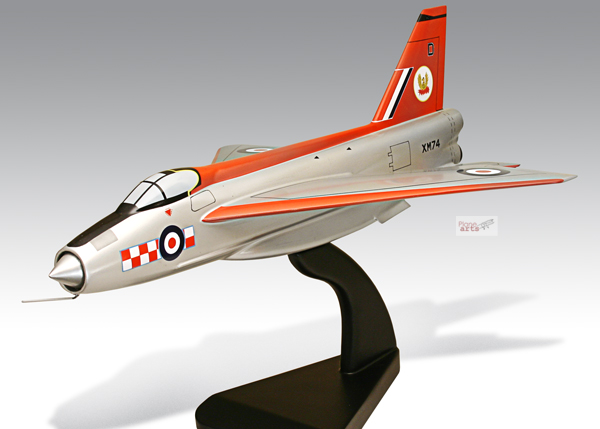
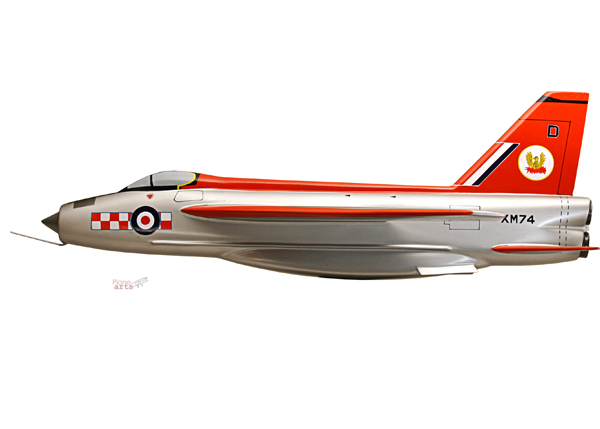
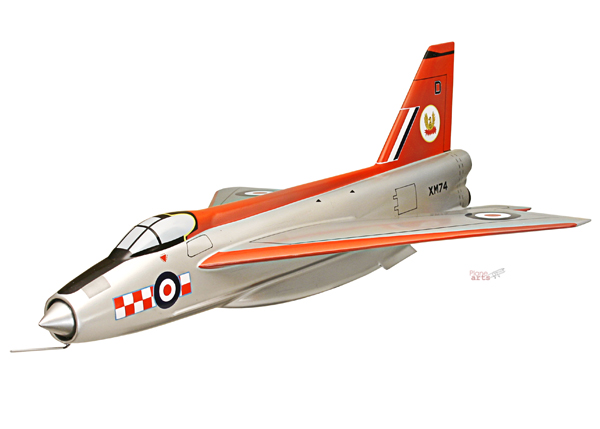

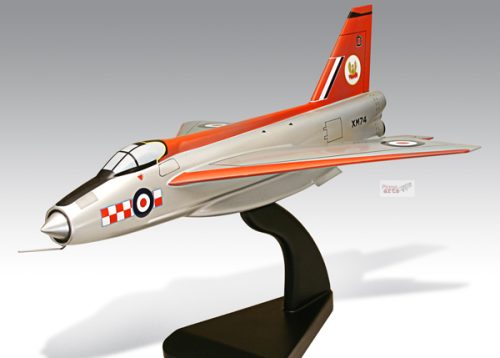
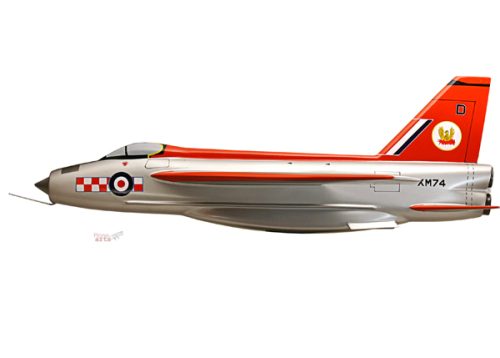
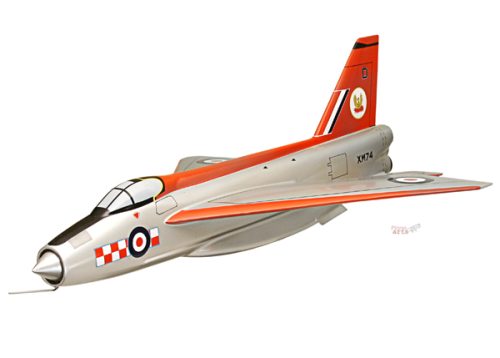
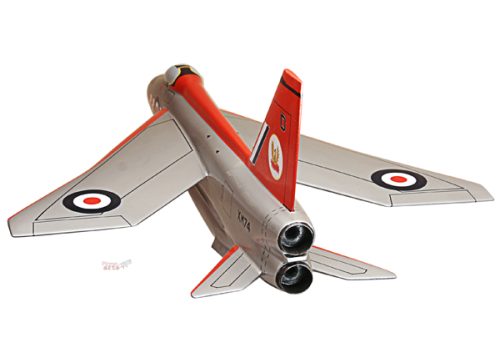
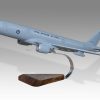
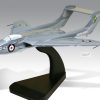
Reviews
There are no reviews yet.